On July 24th, votes in Ukraine’s snap general elections were 99% counted.
The results showed that Ukrainian President Volodymyr Zelensky’s party won with 43.16% of the vote. Trailing behind were the Opposition Platform – For Life – 13.1%, the Batkivshchyna All-Ukrainian Association – 8.18%, the European Solidarity party – 8.12%, the Holos party – 5.84%.
There are no other parties that pass the 5% threshold.
The Central Election Commission has to establish and announce the voting results in multi-member constituency and single-member constituencies no later than fifteen days after the election day.
Still, the claims from the previous day that Servant of the People will form a coalition with the Holos party remain and if they do – singer Svyatoslav Vakarchuk is likely to become Ukraine’s next prime minister.
In addition, in this election approximately 70% of candidates were new to politics, which is a share even higher than the elections after the Maidan – 56%.
A map showing how different parts of the country voted can be seen here. It shows that the Holos party received most of its vote from the Lviv oblast, the Opposition platform received most of its votes from the areas near the Donbass, while European Solidarity (the former Petro Poroshenko bloc) got sporadic support all around.
Turnout was 49.3% which, on average, is quote low for general elections.
The US, the #1 supporter of Ukrainian democracy, congratulated the country on the “historic elections.”
Spokesperson for the U.S. Department of State Morgan Ortagus said this in a press statement on Tuesday, an Ukrinform correspondent reported.
“We congratulate the Ukrainian people on this weekend’s peaceful and historic parliamentary elections, which delivered a clear result and underscored Ukrainians’ commitment to democratic ideals,” she said.
The U.S. Department of State also welcomed the OSCE’s preliminary conclusion that the elections took place with overall respect for fundamental rights and freedoms.
“We look forward to the OSCE’s final recommendations to improve electoral practices and encourage their implementation,” the report said.
At the same time, the spokesperson stressed that “the U.S. will work with the new Ukrainian government and the Ukrainian people as they advance reforms critical to ensuring Ukraine’s success.”
The United States, of course, maintained its unwavering support for Ukraine in the face of “Russian aggression.”
“We continue to stand with the people of Ukraine as they build a strong, successful, democratic country, secure within its internationally recognized borders,” the statement read.
The elections didn’t go without incident.
In the Kiev-controlled part of Donetsk region, residents of the city of Pokrovsk, which is near the contact line with the Donetsk and Luhansk’ People’s Republics, held a protest in front of the #50 district electoral commission (DEC). The protest was in relation to violations in the electoral process.
On July 22nd, demonstrators set up a camp with tents and brought car tires. On July 23rd, approximately 100 people are constantly having a sit-in protest in front of the district electoral commission.
According to the information on violation of the electoral process, a pre-trial investigation was launched on Article 157, part 3, “Hindering the exercise of the right to vote, which affected the election results” of the Criminal Code of Ukraine.
On election day, during the reception of documents, observers noticed different numbers in the protocols of the commissions. They demanded that the head of the DEC read out the protocol and all the numbers aloud. However, the chairman refused to do this and tried to leave the premises.
The chairman of the DEC ran into the protesters and a verbal confrontation ensued, after which the chairman was taken to hospital, after she reported feeling “unwell.”
On July 23rd, the Ukrainian Interior Ministry reported that a detachment of special forces in reserve was airlifted into the Donetsk oblast, to deal with the Pokrovsk city sit-in protest.
https://twitter.com/MVS_UA/status/1153721295466618883
“In order to stabilize the situation in the DEC # 50 in Pokrovsk during the counting of votes and preventing the complication of the operational situation, it was decided to airlift a reserve detachment from the special forces of the National Police.”
Why that is necessary remains unclear.
Poroshenko’s Failed Election and Further Plans
Former Ukrainian President Petro Poroshenko is expectedly unsatisfied with completely losing in the elections, so he’s allegedly planning to stir things up in Ukraine, with the help of nationalists, as well as Uniates (Eastern Catholic Churches).
After his re-election project – the Orthodox Church of Ukraine failed completely, he has moved on to form better relations with the Ukrainian Greek Catholic Church (UGCC).
Approximately a week before the July 21st elections, Poroshenko visited Zarvanitsa – a village in the Ternopil region, which is considered the spiritual center of Ukrainian Uniates. He prayed, in the church there and expressed his support for the UGCC.
As partners, the Greek Catholics look much more reliable structure. Historically, they are closely associated with the nationalist movement in the west of the country. Stepan Bandera’s OUN acknowledged the right to exist of only two churches – the Ukrainian Autocephalous Orthodox Church (created in 1920 by the Petliura government) and the Uniates as “having the right to exist.”
In return, Bandera’s father – the priest Andrei Bandera was canonized.
According to anonymous sources, cited by Kommersant, Poroshenko plans to discredit Zelensky’s Servant of the People and achieve new early elections.
An unnamed source told RIA, that “Poroshenko is supported by the UNA-UNSO and – indirectly – by C-14. Indirectly, because they do not want to be associated with an unpopular situation.”
One knows their situation is less than desirable, if even Nazi organizations are worried about being associated with them. As it appears to be in Poroshenko’s case.
And in turn, the Ukrainian Greek Catholic Church (UGCC) actively cooperates with these movements, and there are many Uniates among them. Especially there are many of them in the movement “Ukrainian National Self-Defense”, which “was quiet for several years, but was revived during the elections.”
“I know that in a few days the Ukrainian National Self-Defense will officially come out to overthrow the Zelensky regime. It was the same three years before the overthrow of President Viktor Yanukovych. For now, the calm due to the elections is just being thought through,” the anonymous source told RIA.
Poroshenko, appears to be attempting the same play with the UGCC.
In the spring, the head of the UGCC, Archbishop Svyatoslav Shevchuk, unexpectedly began to talk about the fact that the structure he heads for could get the official status of patriarchate from the Pope.
Which is generally a 400-year-old dream, but usually the head of a local Roman Catholic Church can only be a bishop, even if the Church has 5 million followers.
Shevchuk even told the Pope of the aspirations, however, the Pope turned them down.
At the meeting, Pope Francis called the conflict in Ukraine “burdened with propaganda falsifications and diverse manipulations,” and the aspirations of some politicians and church leaders were “attempts to involve the religious aspect.” In addition, he clearly hinted to the Uniates that he was dissatisfied with their aggressiveness.
There is still no clarity, as is just a few days after elections and nothing conclusive has taken place, but the next few weeks will possibly reveal what Petro Poroshenko actually plans to undertake.
SBU’s Secret Prisons
Separately from the election topic, RIA Novosti revealed information that secret prisons of the Ukrainian Security Service – the SBU operated in Kharkiv, Krasnoarmeysk and Kramatorsk.
They were operated in cooperation between the SBU and the Ukrainian “Volunteer Battalions.”
The information was confirmed by former prisoners, as well as former associates of the Ministry of Interior of Ukraine, the UN Monitoring Mission of Human Rights and Amnesty International.
This is a continuation of a story that SouthFront reported on July 18th about “the Library” a secret prison near Mariupol airport.
The three prisons in the current report are the following:
- Kramatorsk: the torturers there organized rapes of female prisoners by other, male, inmates. They allegedly sent prisoners to the minefields and used chainsaws as means of torture. One of the prisoners, Konstantin Afonchenko also noted that he later identified the activists of Maidan Vsevolod Steblyuk and the future Verkhovna Rada deputy Andrei Teteruk from photographs among his tormentors;
- Krasnoarmeysk (the city is now called Pokrovsk, in the Donetsk oblast): The testimony comes from Sergei Babich who was kept there for 6 days, from March 25th to 31st, 2015. On March 31st, according to documents he was arrested. Upon admitting him, doctors found numerous hematomas on his body, there is a certificate from the detention center for this. No other information on what took place inside the prison was provided;
- Kharkiv: According to the UN Human Rights mission, the prison, where prisoners were held with violations, operated in the Kharkiv Security Service of Ukraine, the UN established the names of 184 people who, according to the mission, were illegally detained in the premises of Kharkiv Security Service in 2014-2016. Data on the SBU prison in Kharkov is confirmed by RIA Novosti and the representative of Amnesty International organization in Ukraine, Maria Gurieva.
The SBU taught the nationalist radicals and workers of the Ukrainian police how to look for supporters of the DPR and potential whistleblowers in Donbas, a former investigator of the Mariinsky district department of the Donetsk region of the Ministry of Internal Affairs of Ukraine told RIA Novosti.
According to him, the leaders of the SBU task force set the tasks of the apartment and household bypassing the residential sector of the city and district to identify the persons who participated in the activities of the DPR military units around the May 11th, 2014 referendum.
In addition, according to him, the task was to search for taxi drivers and farmers from Donetsk who drive to the Ukrainian side, for example, sell the harvest and are “ready to gather information on the territory of the DPR.”
According to him, volunteer battalions like the Azov Battalion had to “process” the detainees in order to make them more talkative.
MORE ON THE TOPIC:



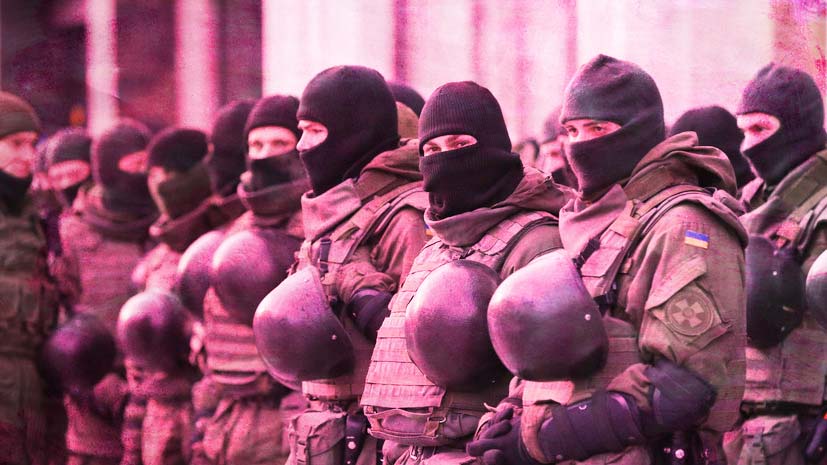

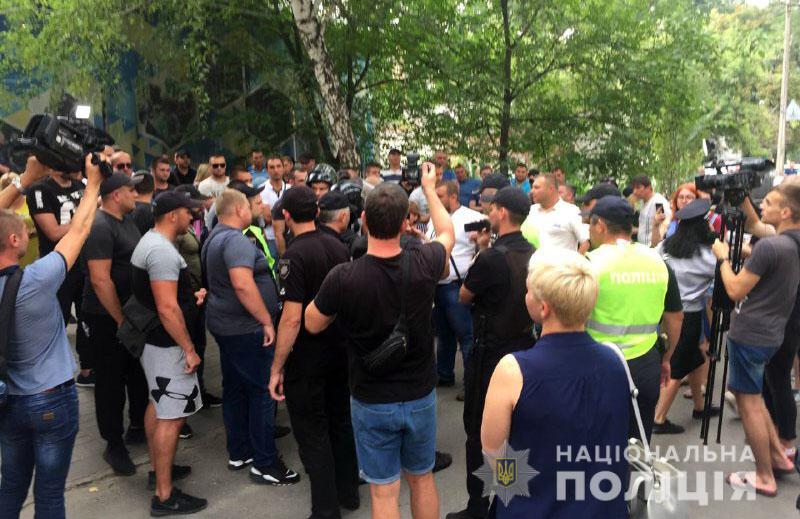
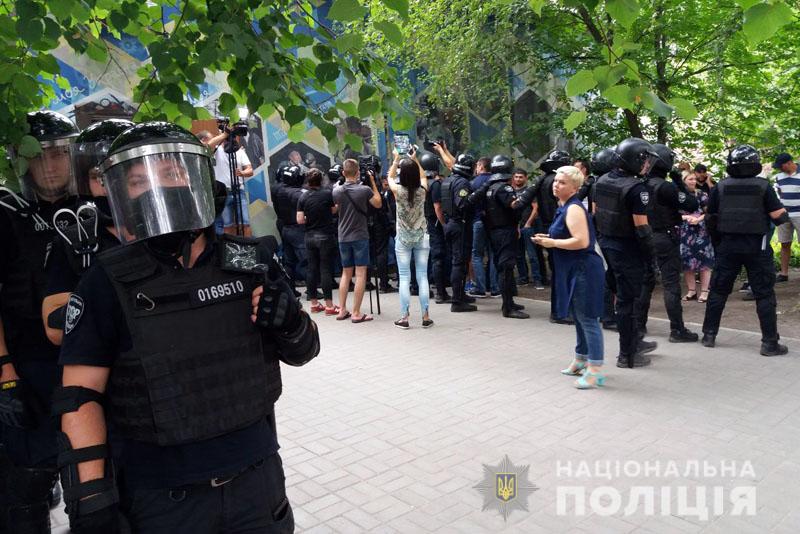
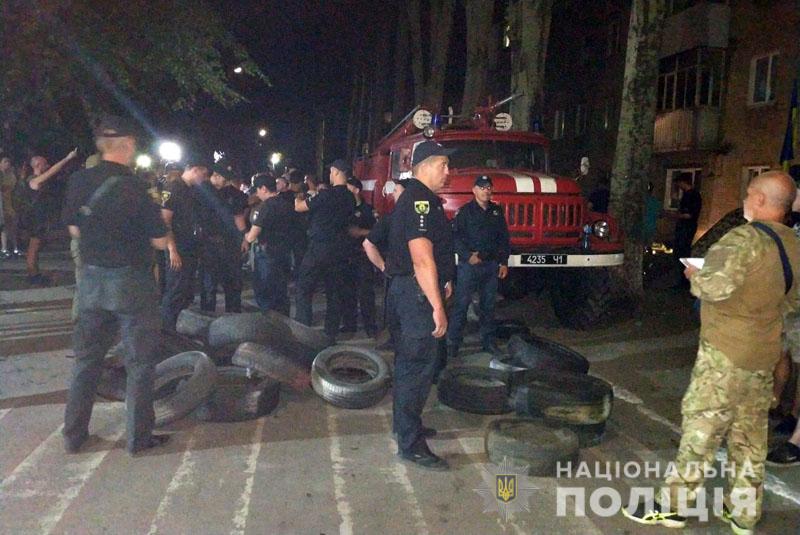
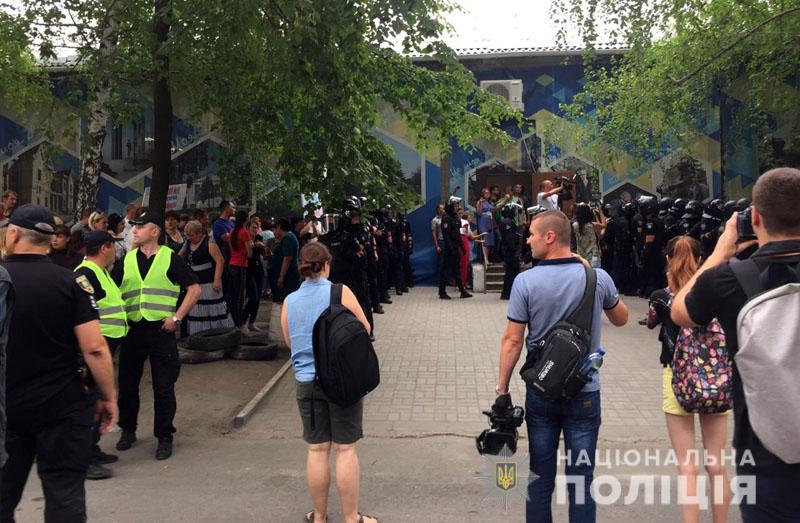



What can I see on the map, only small parts of Ukraine are still blue (pro-Russian) comparing to 2014 when it was the entire Eastern half.
Not really. Most pro-russian voters simply ignored this ilegitimate elections…..
Good. They should go to vote in Russia instead.
They will. Together with the land they live on.
Or with a mouthful of dirt